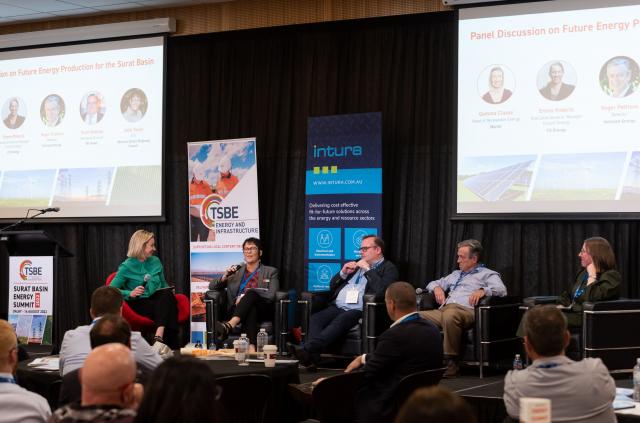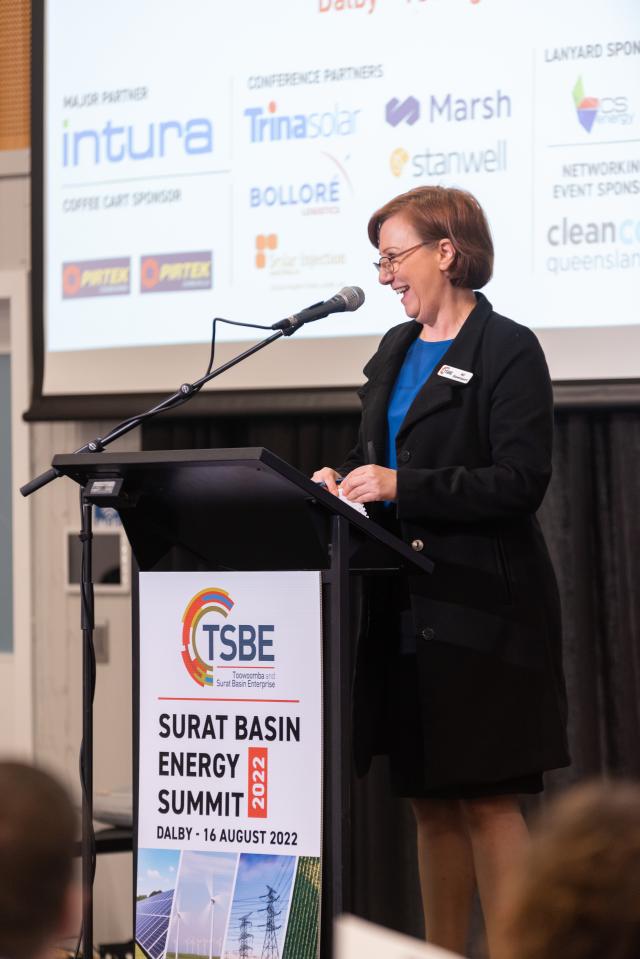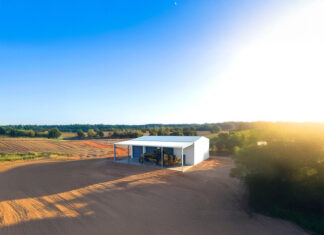
The future of energy supply in Australia is a complex and challenging issue but one the Surat Basin energy summit tackled in Dalby recently.
The sold-out event featured industry leaders who discussed the challenges and opportunities involved in guaranteeing reliable and affordable energy supply while transitioning to low carbon.
They also discussed the Surat Basin’s role as Queensland’s energy capital.
Professor Andrew Garnett of The University of Queensland said due to its energy security and access, affordability and emissions reductions, the Surat Basin was well placed to help Australian and overseas energy markets.
He acknowledged, however, it was going to be a wild ride.
“The demand for energy is increasing and will continue to do so, as the global population is forecast to grow by 1.7 billion people by 2050,” Professor Garnett said.
“That’s an extra 107,000 extra people every day for the next 28 years and those people need food, clean water and energy.
“Energy supply and demand are in fine balance and even fears of possible small shortages cause havoc.
“For the foreseeable future, it’s important that we continue to invest in maintaining energy flow until adequate fully-functional alternatives are actually deployed.
“So, we need to continue to invest to meet the growing demand and ensure prices don’t rise to a level that will create even greater inequality both globally and here within Australia.
“At the same time, we need to transition to low carbon energy.”
The panel session on natural gas included Arrow Energy CEO Cecile Wake, Senex Energy CEO Ian Davies and APPEA CEO Samantha McCulloch.
Panellists acknowledged the need to transition to net zero – and their deep commitments to this goal – as well as the need to meet Australian and global gas demand.
Panellists agreed that current high gas prices were due to high demand and low supply and the only way to reduce prices was to increase supply.
Senex Energy CEO Ian Davies said the Surat Basin was doing the “heavy lifting“ in producing natural gas and it was important industry, stakeholders, government and community continued to work together.
“At local, state and national levels the conversation needs to be around the ‘and’ equation of how everything can work together with renewables to achieve our net zero ambitions and keep energy flowing,” he said.
“The International Energy Agency (IEA) has said natural gas will be around for a very, very long time and Senex announcing it is set to invest $1 billion to increase natural gas from the Surat Basin shows our commitment to supporting Australia’s energy security, creating jobs and growing local economies.”
Tony Nunan who is the Australian Country Chair of Shell, echoed the gas panellists’ comments about the need to ensure gas supply met growing demand.
He added that when Australia’s energy market was recently under stress, the country looked to the Surat Basin.
It was fitting, then, that the energy summit was held in the Surat Basin.
The region is one of Australia’s most energy diverse, with traditional resources of coal and gas, as well as housing more than 50 per cent of Queensland’s renewable assets.
Energy Synapse managing director Marija Petkovic was optimistic about the potential of the Surat Basin.
“Australia is on the cusp of a once-in-a-generation investment opportunity in clean energy and the Toowoomba and Surat Basin region is extremely well placed to take advantage of this boom,” she said.
“This region is already home to the biggest wind farm, solar farm and battery in Queensland.
“And, its proximity to grid infrastructure and load centres, as well as good solar and wind resources puts it in prime position to be the clean energy capital of Queensland, potentially the nation.”
Another panellist, Queensland Resources Council chief executive Ian Macfarlane acknowledged that all energy sources – wind, gas, solar, coal, hydrogen, biomethane, pumped hydro, battery storage and even nuclear – needed to be in the mix moving forward.
Toowoomba and Surat Basin Enterprise (TSBE) CEO Ali Davenport said the event highlighted the need for continued investment into all forms of energy.
“The reality is Australia must continue to produce coal and gas for the foreseeable future to meet domestic needs and global demands and, at the same time, exponentially grow renewable projects,” she said.
“If not, the price of energy will continue to skyrocket and we’ll see greater inequality both overseas and right here in Australia.”
The energy summit attracted an impressive field of leaders from across the industry, including Powerlink chief executive Paul Simshauser.
Mr Simshauser said the summit had brought together important stakeholders to consider the challenges being faced and the opportunities it brought.
“The region has some of the best renewable resources in the country, so it will play a key role in the Queensland energy transformation,” he said.
“The energy industry has a huge responsibility in ensuring the people living and working across the region are involved in decision-making and planning for the future.
“We also need to ensure they receive their fair share of the benefits generated by future energy projects.”
More than 250 people attended the inaugural Surat Basin energy summit and Ms Davenport said she was delighted by the strong interest in the event, the calibre of speakers and the chance to have a frank and honest discussion about energy.
“It was a wonderful opportunity to talk openly about the challenges and opportunities in the energy space,” Ms Davenport said.
“The potential for the Surat Basin region is significant – we are well placed to take advantage of those opportunities moving forward.”







